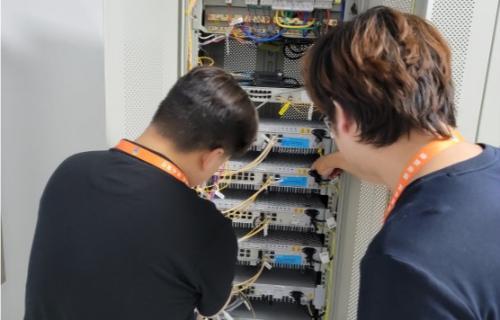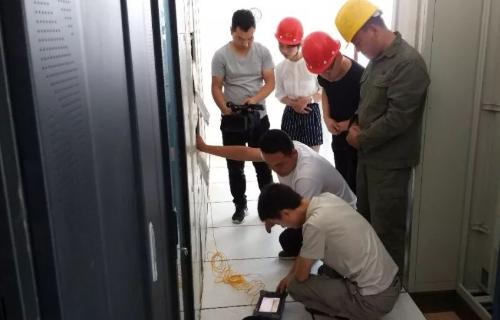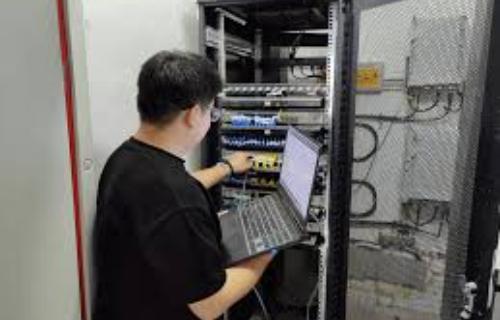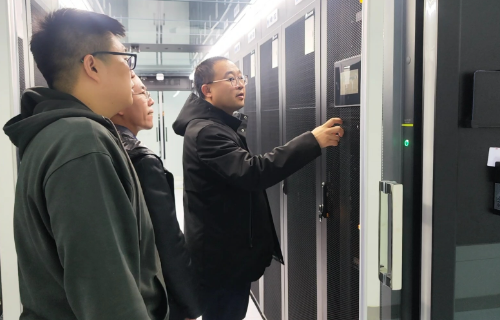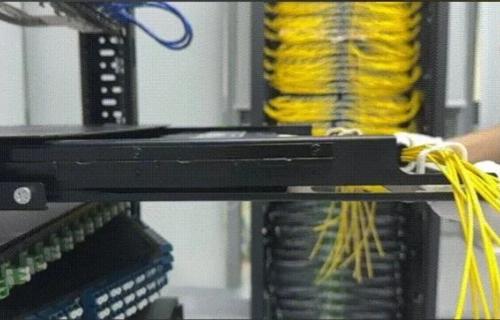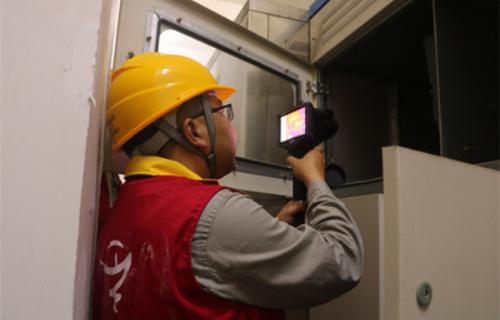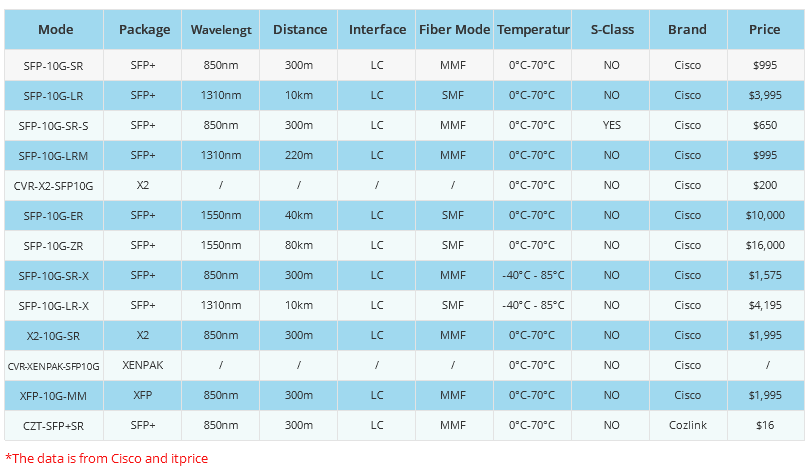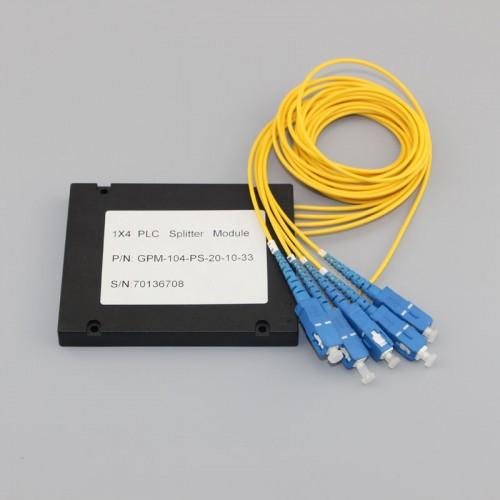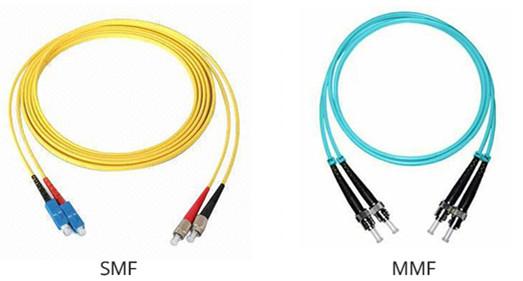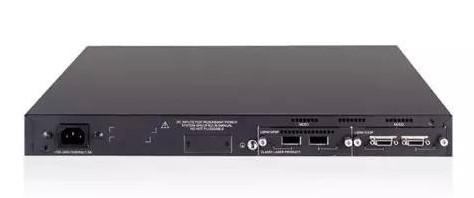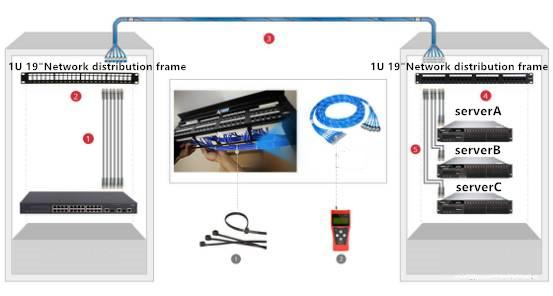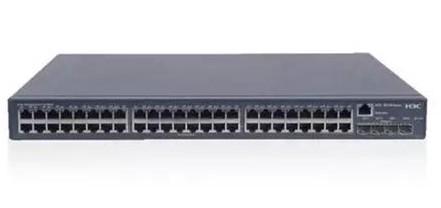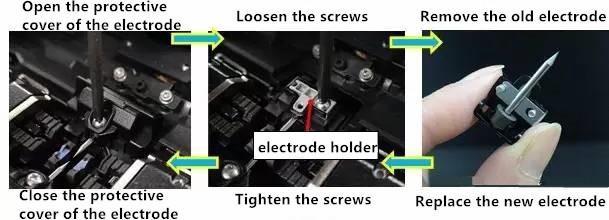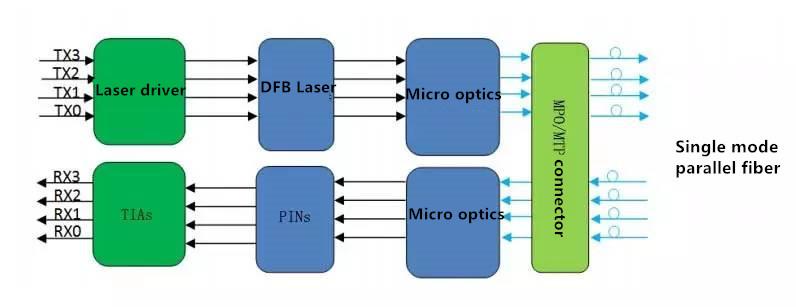- Related articles
- Optical Transceivers for Cisco WS-C2960X-48LPS-L Switch
- All Cisco DWDM-XFP-35.04's information (List price, Specs, Datasheet PDF, Compatibility ma
- The difference between QSFP+ and X2
- Applicable to 100GBASE-SR4 Standard Optical Transceiver Models
- Optical Transceivers for Cisco WS-C3750E-24TD-SD Switch
- Application of Fiber Optic Cable
- Optical Transceivers for Cisco SG500-28MPP-K9-G5 Switch
- Optical Transceivers for Cisco SG350-10P-K9-EU Switch
- Optical Transceivers for Cisco WS-C3750E-48PD-E Switch
- All Cisco DS-CWDM-1470's information (List price, Specs, Datasheet PDF, Compatibility matr

PCMCIA card, short for Personal Computer Memory Card International Association, PCMCIA is a trade association founded in 1989 that is responsible for the ongoing development of the PCMCIA standard. PCMCIA cards are hardware interfaces that are slightly bigger than a standard credit card that enable additional functionality for laptop computers and other portable devices.

What is Ethernet PCMCIA card?
A PCMCIA card is a credit card-size memory or I/O device that connects to a personal computer, usually a notebook or laptop computer. Probably the most common example of a PCMCIA card is the 28.8 Kbps modem for notebook computers. The term PC Card is being used as a replacement to PCMCIA Card because of the ongoing changes in the technology and because it is much easier to remember.
Function of PCMCIA card
A PCMCIA card (PC Card) enables laptop computers to connect to the Internet and Local Area Networks (LAN) via a CAT-5 Ethernet cable or wireless radio. A PCMCIA network card encompasses a multitude of network technologies, including modem, facsimile, Ethernet, and wireless adapters. Using a PCMCIA network card, computers can communicate with other devices connected to the network and access the World Wide Web. Network cards facilitate a variety of functions, including file transfers, web browsing, and resource sharing between systems.
Types of PCMCIA card
A PCMCIA card has a 68-pin connector that connects into a slot in the PC. There are three sizes (or "Types") of PCMCIA cards:
|
Type |
Thickness (mm) |
Typical use |
|
I |
3.3 |
Memory |
|
II |
5.0 |
Modems, LANs. SCSI, sound |
|
III |
10.5 |
ATA hard drive |
Formats of PCMCIA card
Summary








































